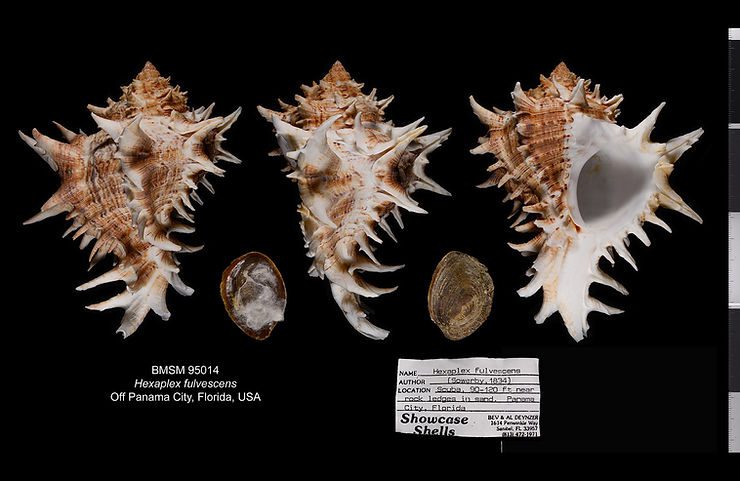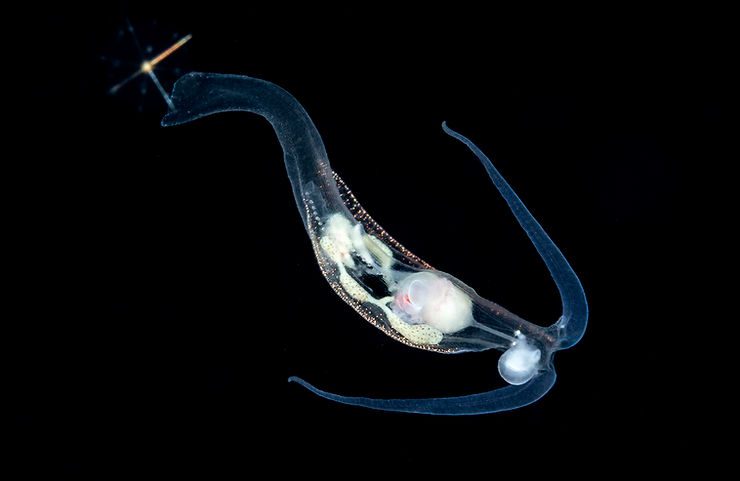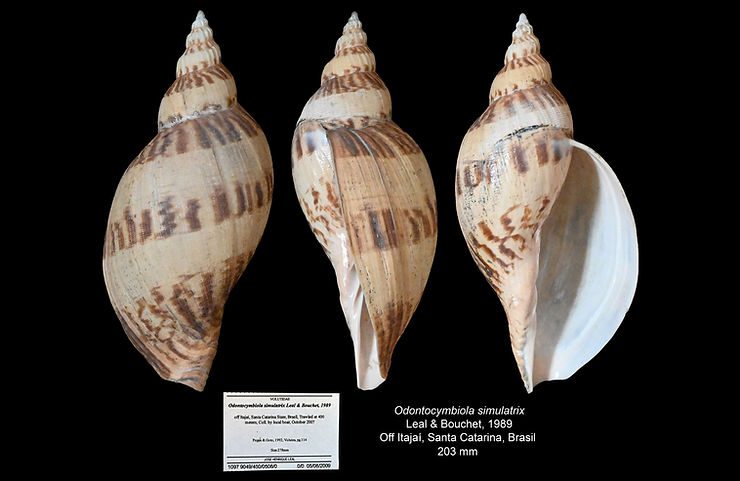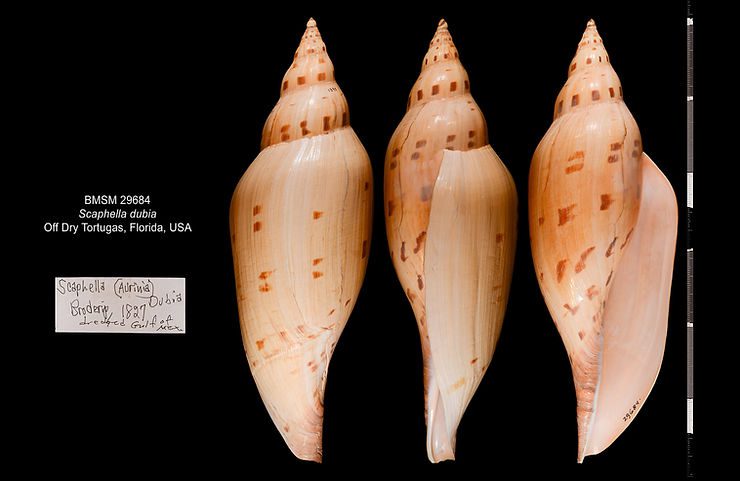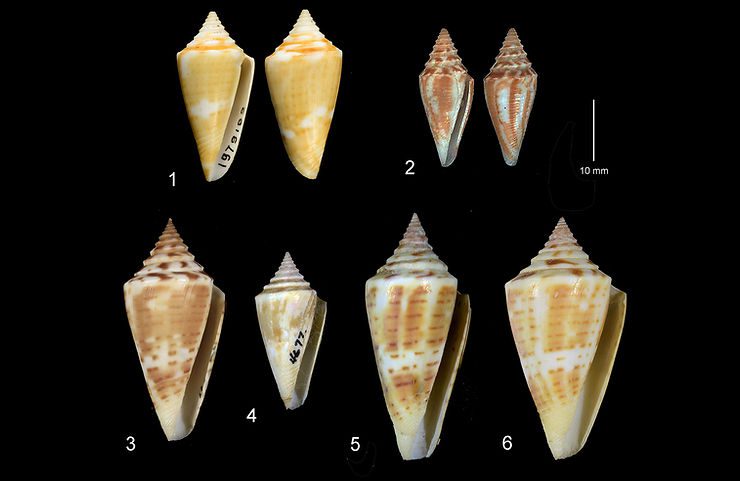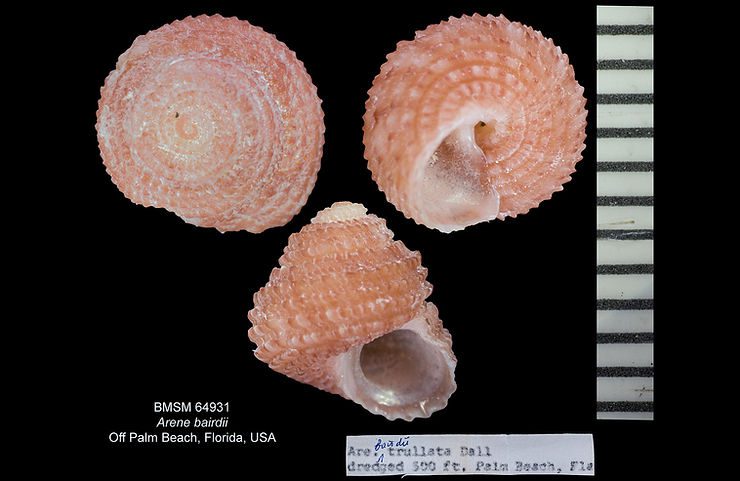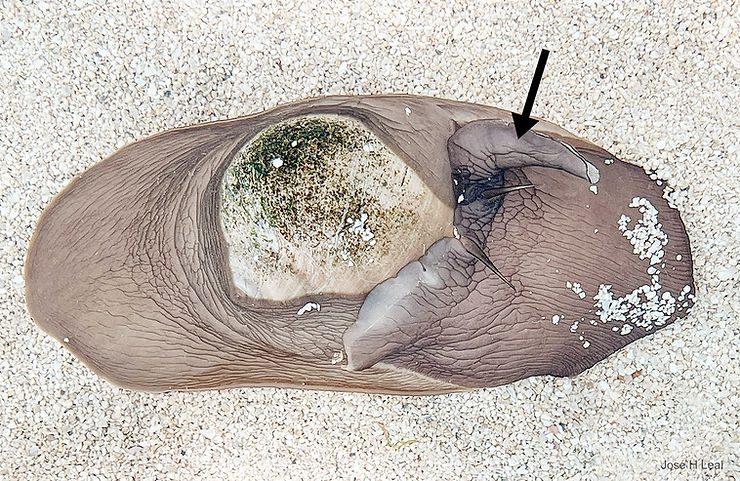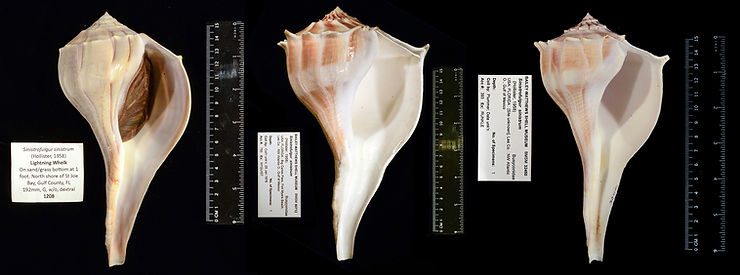
The Reverse-coiled Whelks Project
I am working on a research project with colleagues Jerry Harasewych (Smithsonian) and Manuel Tenório (University of Cádiz, Spain) involving studies of shell shape in two species of whelks. If you have one or more right-handed (reverse-coiled) Lightning Whelks (*Sinistrofulgur sinistrum*) and / or left-handed Knobbed Whelks (*Busycon carica*) in your private or institutional shell collection, we would like to photograph them or have you assist by photographing them for us. Please send answers / q

